Kombucha is not just another superfood you can’t afford. It is an accessible probiotic beverage that can bring health into your home. Many people who attend my public kombucha workshops are there because they are tired of spending money on cases of kombucha every month. These bubbly bottles aren’t cheap, costing $3-$5 a pop. The kombucha industry has a projected worth of $5.45 billion dollars by 2025, so there are a lot of companies who want a slice of revenue from this popular buzzy beverage. With everyone wanting to hop on the kombucha bandwagon consumers must be wary of subpar practices. (Read more about how to shop for the best booch here.) Kombucha fans should not have to cash out to get their bubbly fix. More and more people are transitioning away from stocking up on booch at the grocery and diving into brewing at home because it is so much cheaper! Not a cook? No problem! Kombucha is as easy as making a big cup of tea.
The best part is kombucha costs a humble $1 per gallon to make yourself! Not to mention that you get to concoct creative flavors, share your bountiful brew with your friends and make it as sour or sweet as you like. Ready to start brewing? Come to my next public kombucha brewing workshop or book a private one for you and your friends or team at work! Illustrations by Lila Volkas
2 Comments
A kombucha lover’s guide to choosing the best kombucha. As a kombucha brewer, I am still no stranger to picking up a bottle of booch at the grocery store. I love trying new flavor combinations and I often get inspired for my own secondary fermentation where I add my fun flavors. Kombucha’s growing popularity means that there are SO MANY brands and flavors to choose from and it seems like new ones are popping up each month. Not all store bought booch is created equal, so it's important to be an educated consumer and pick the best booch wherever you live!
Lila's "Friends of Kombucha" and "Kombucha Killers" illustrations were featured on Boochcraft t-shirts. Boochcraft is an alcoholic kombucha company based out of San Diego.
Purchase a shirt here!
The origin of my first SCOBY (Symbiotic Colony of Bacteria and Yeast) My first SCOBY was given to me the Summer of 2012 when I WWOOFed on a blueberry farm on Vancouver Island. Everyday Joanne, the owner of the farm, would pull out a jar of liquid with a slimy pancake floating on top and pour herself a glass. I was slightly disgusted, but very intrigued. One day I got the guts up to ask her what she was drinking. She said that it was 'kombucha' and offered me a glass. After the first sip I instantly fell in love! This drink was bubbly, sour, sweet and slightly strange. The perfect combination. As a parting gift she gave me a piece of her SCOBY and I traveled back to California for the rest of the Summer. I started brewing the moment I got home and never stopped. I have traveled all over the world with my SCOBY making kombucha along the way. How I got started teaching workshops In college I'd bring my home-brewed kombucha in recycled jam jars to sip on during my art history classes. More and more of my friends started asking me what I was drinking (because duh! most people thought I was making my own moonshine). Once they learned it was fermented tea and tried some of my brew, they insisted that I teach them how to make kombucha too! I taught my very first kombucha brewing workshop in 2012 through Sprouts, the Student Food Co-op, I volunteered at on campus. How kombucha changed my life Before making kombucha myself I never thought that I could make anything that I'd find in a store. I became inspired to make other foods items like jams, nut butters, bread and sauerkraut. I also started to make the connection between the food I eat and how it makes me feel. Drinking kombucha and eating vegetables made me feel good, while eating a bunch of vegan brownies and peanut butter for dinner did not. Not only was kombucha delicious to drink and made me feel good physically, but I also loved connecting with people about how to make it themselves. I found my love for teaching people about nutrition and how to make nourishing food. This enthusiasm for wellness was one of the things that inspired me to go to Bauman College to become the Certified Nutrition Consultant I am today. The slimy SCOBY connection My SCOBY's name is Shiela. While she came into my life from Vancouver Island in 2012 this kombucha organism originally came from San Francisco in 1992! I have personally given pieces of my SCOBY to hundreds of people over the last 7 years. Though my workshop attendees don't know each other, we all connected through the invisible web of sharing the same kombucha starter. Are you brewing kombucha from attending a workshop of mine? I want to see how it's going!
Follow @kombuchatothepeople and then tag me in your instagram pictures so I can celebrate your kombucha successes or answer any of your booch questions. Happy Brewing! Warmly, Lila |
Archives
June 2020
Categories
All
|
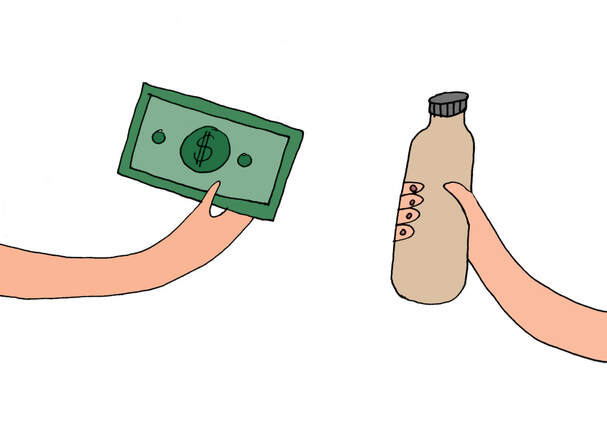
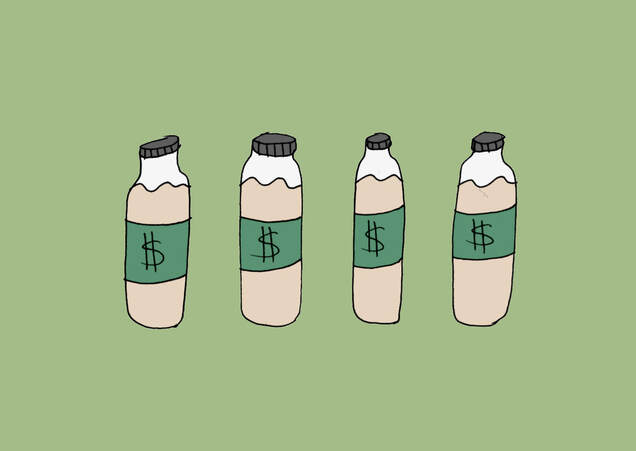
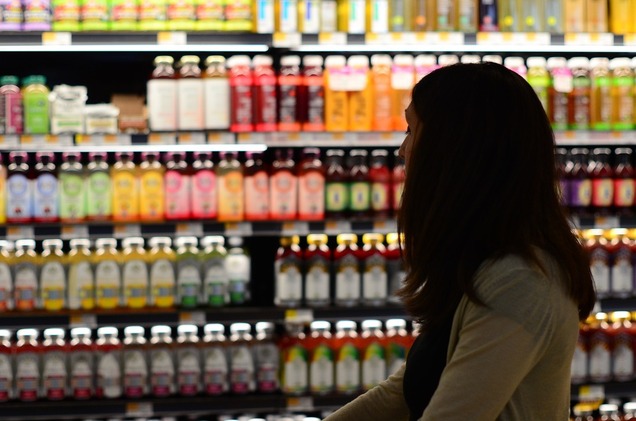
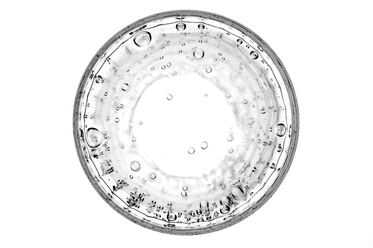
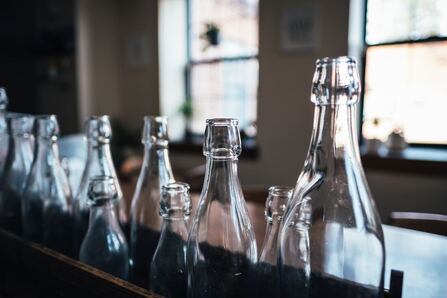
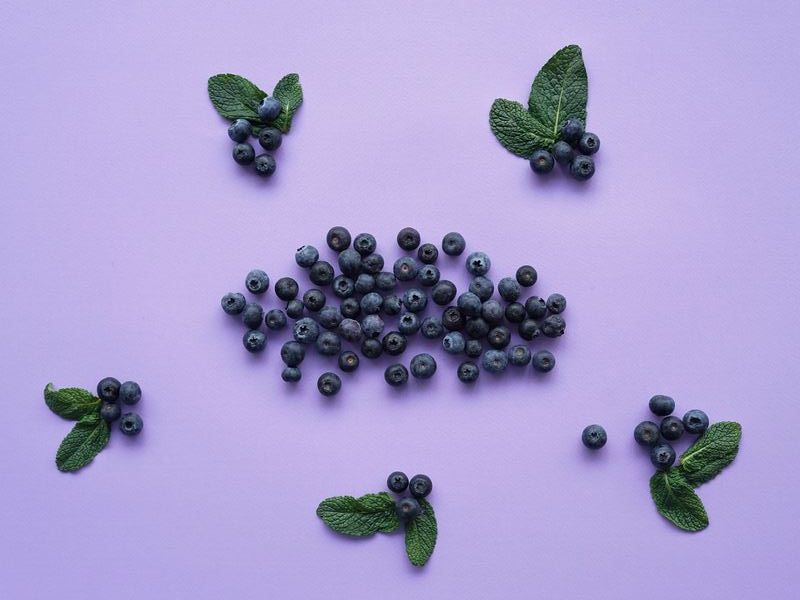
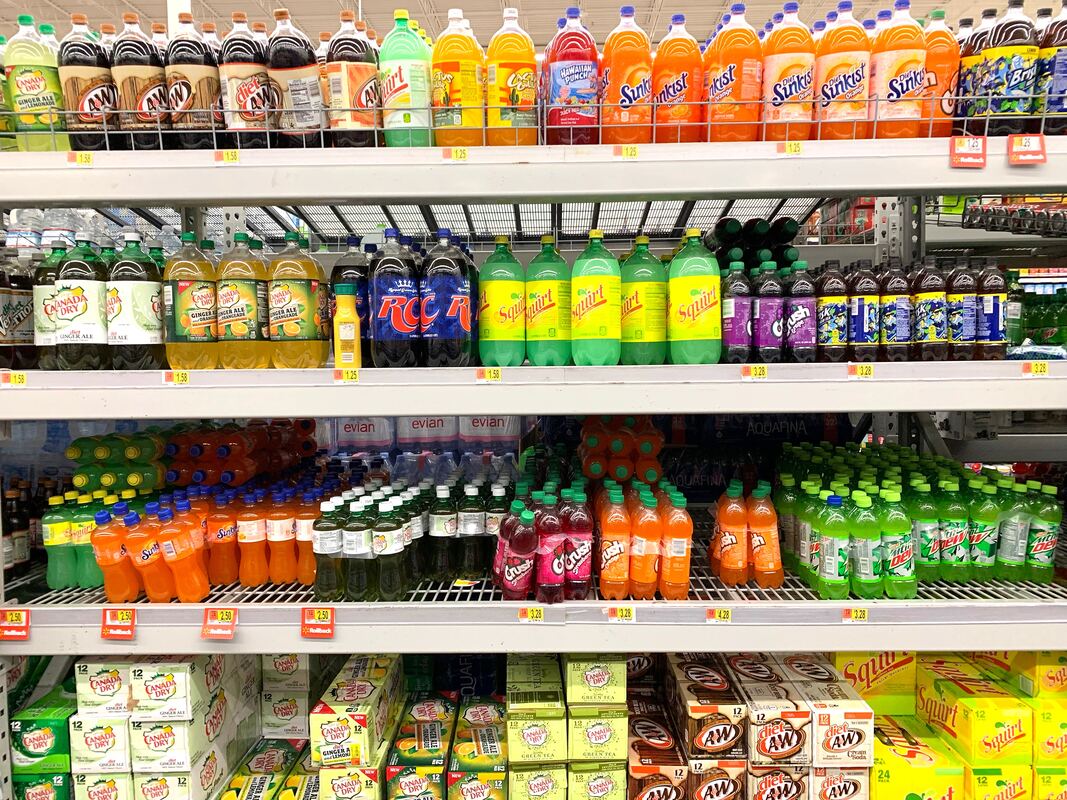
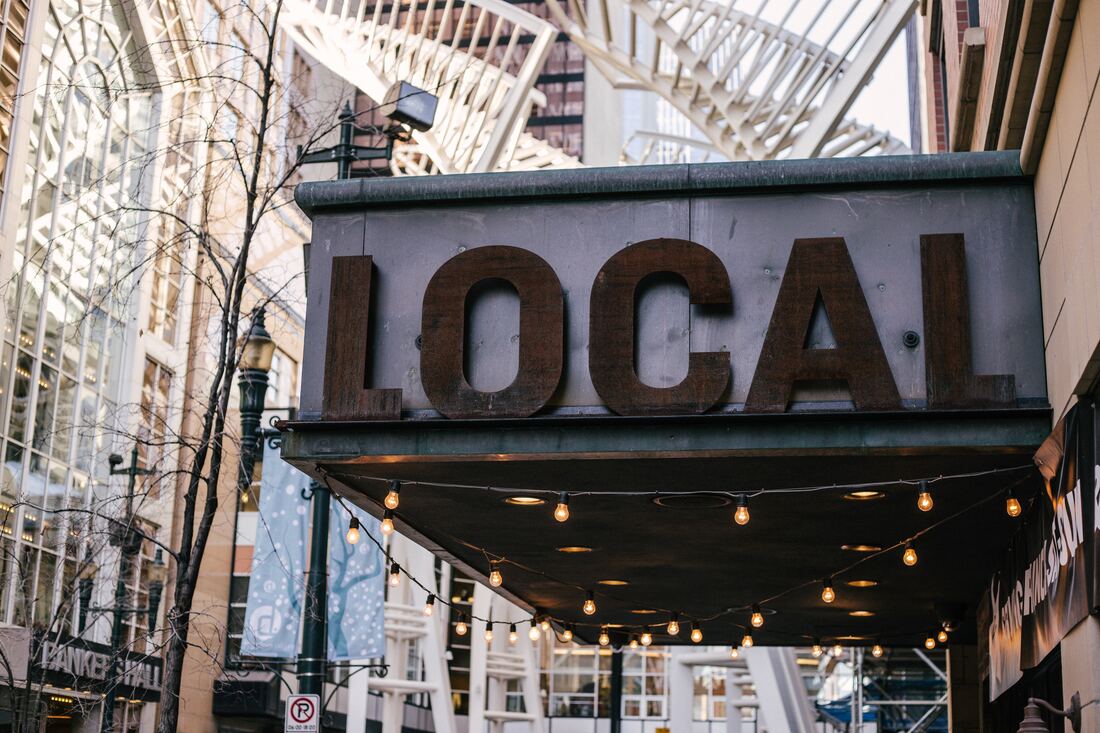
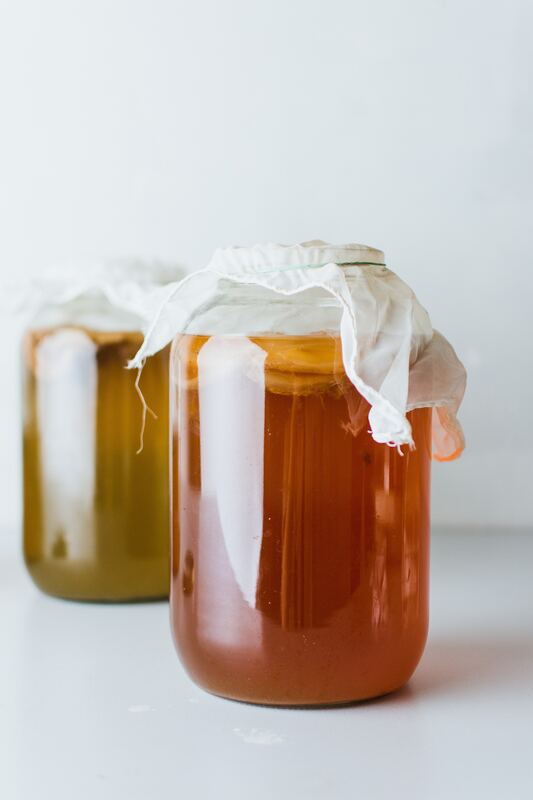
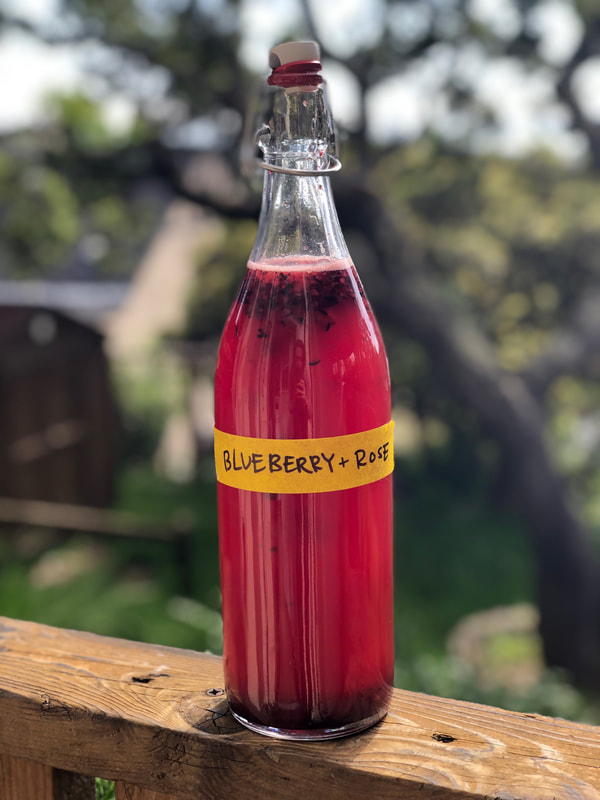
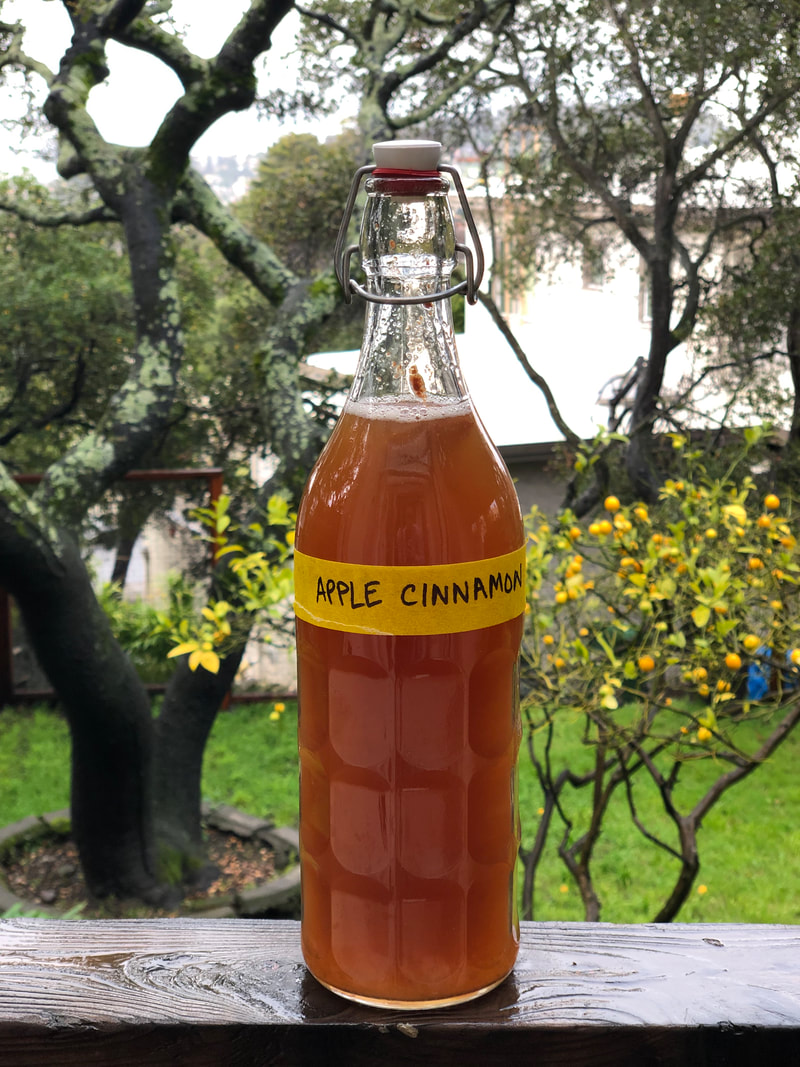
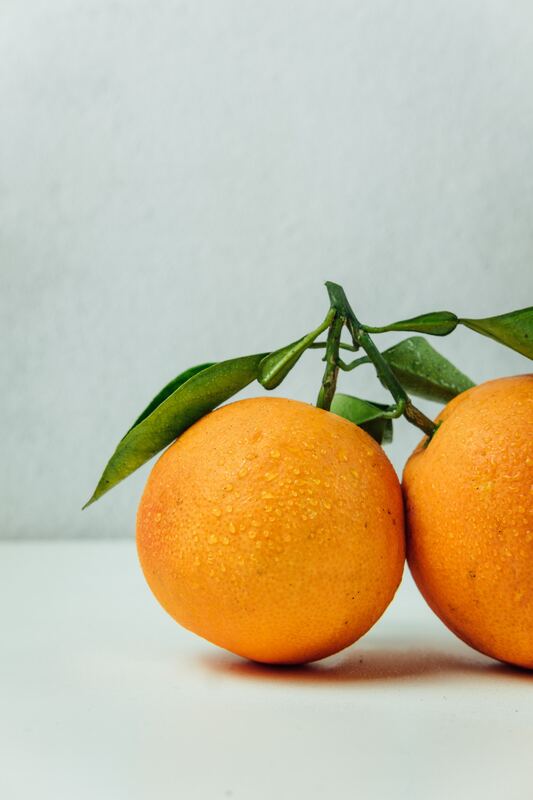
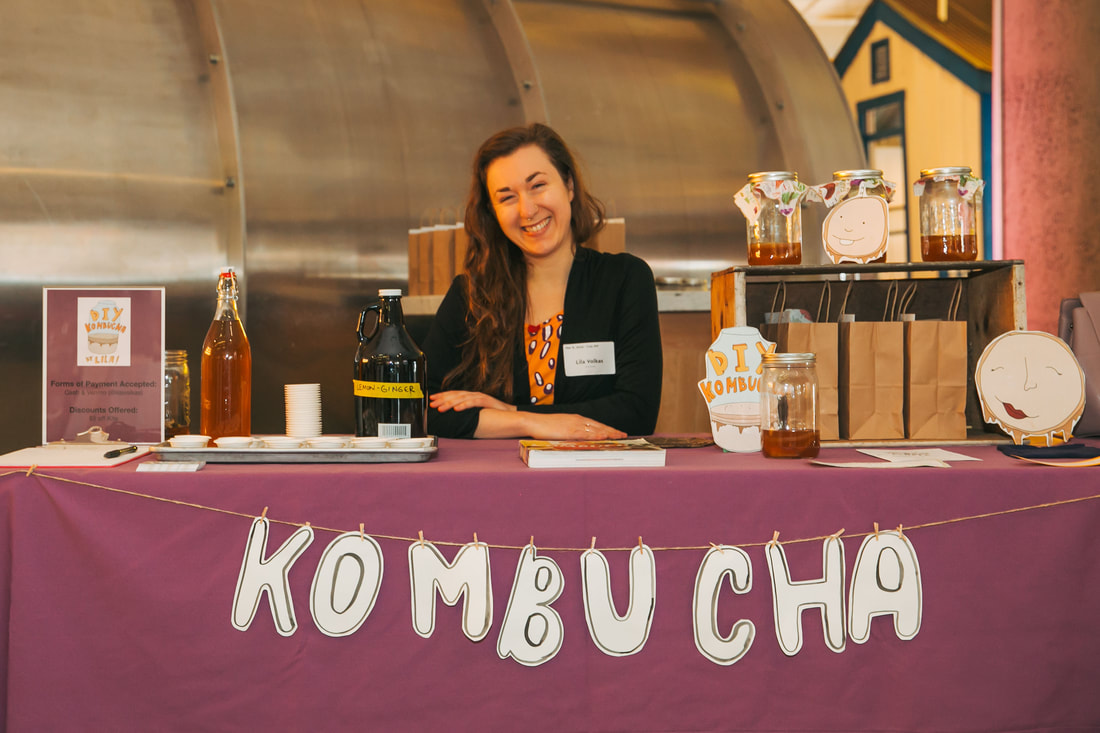
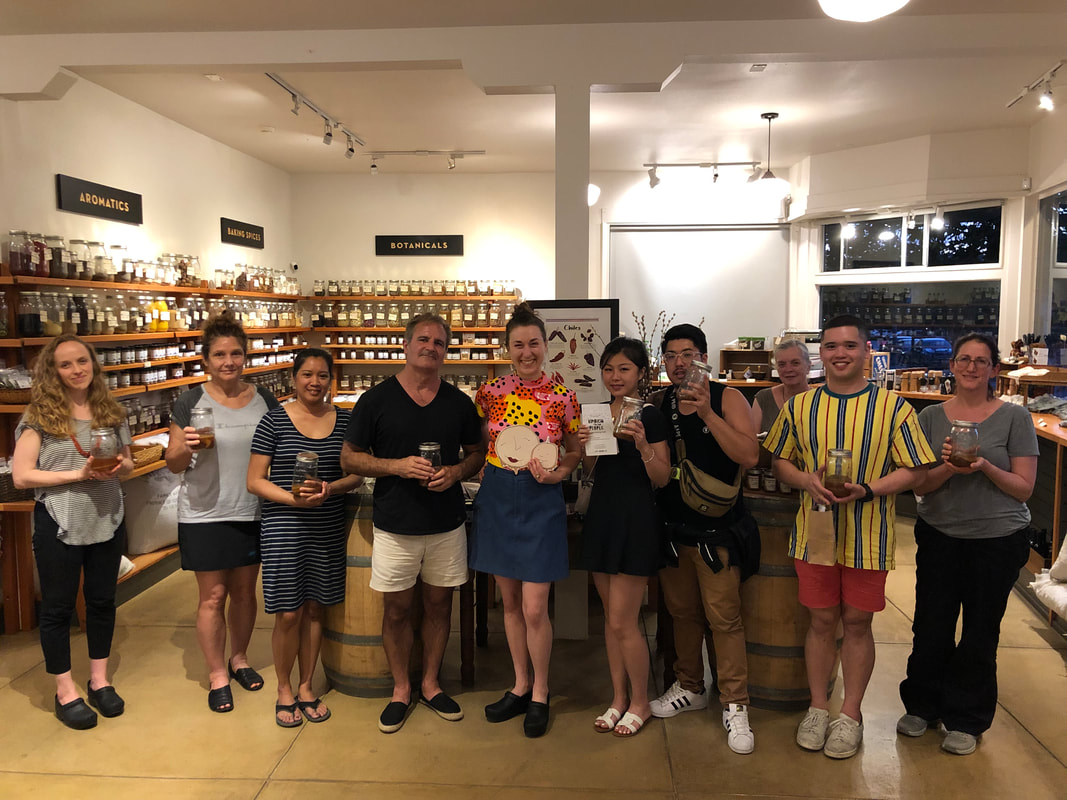
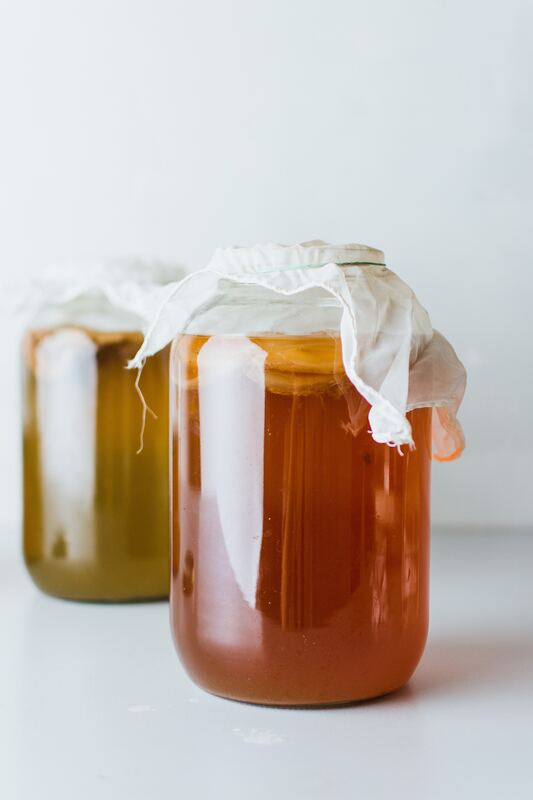
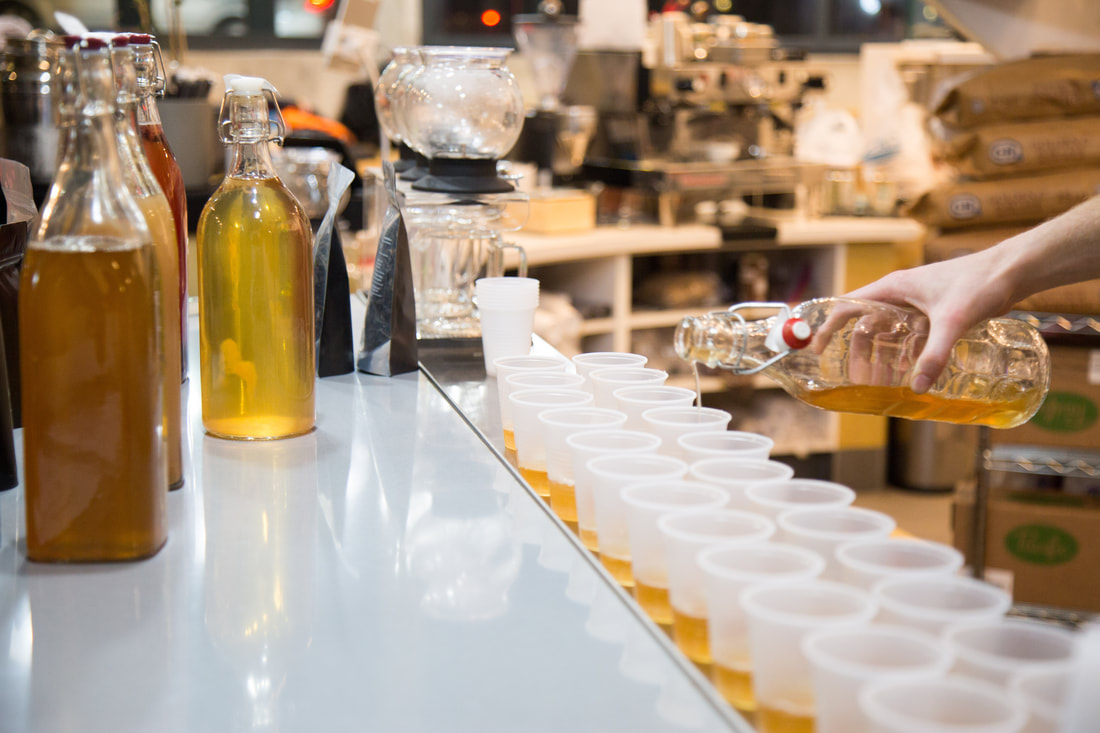
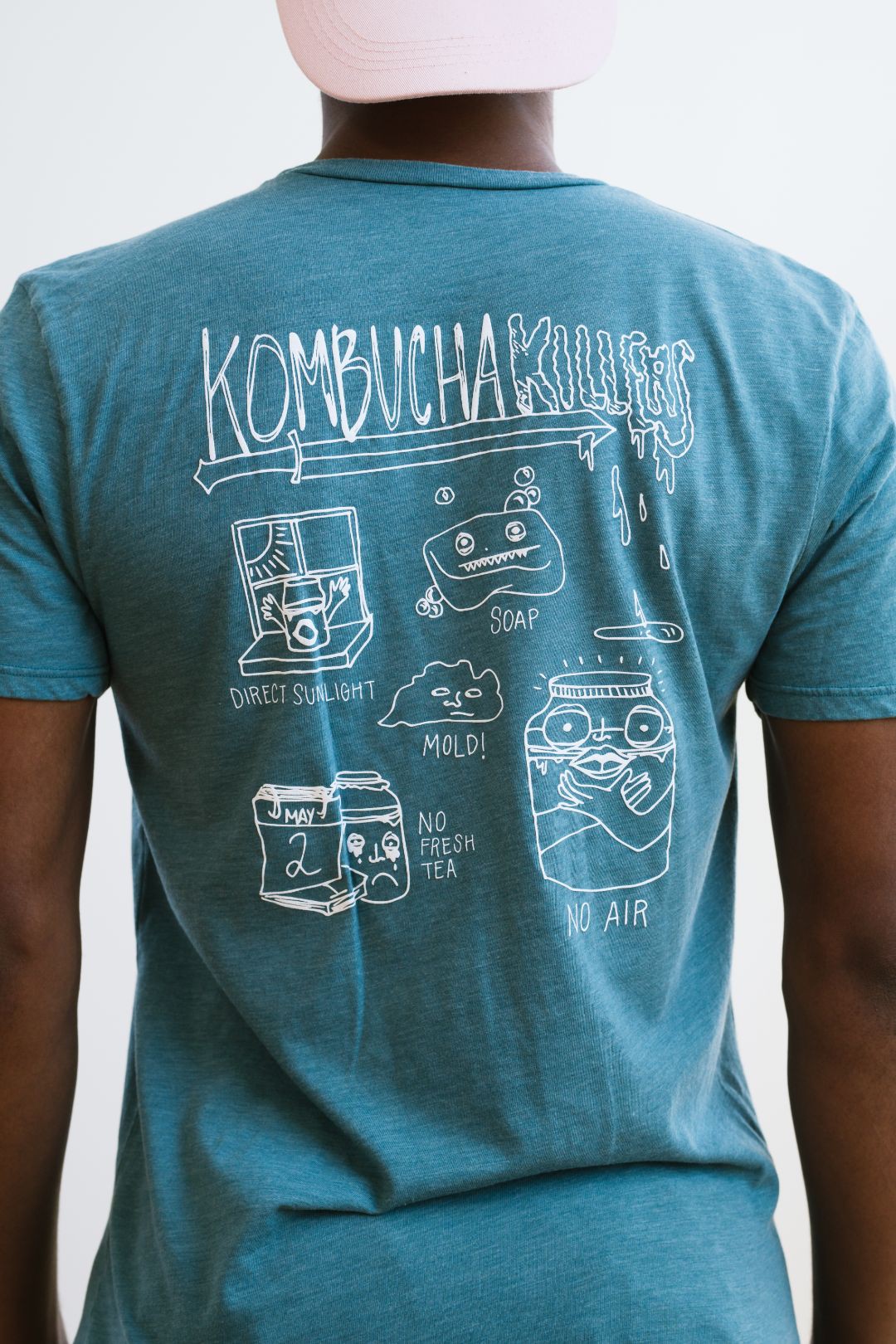
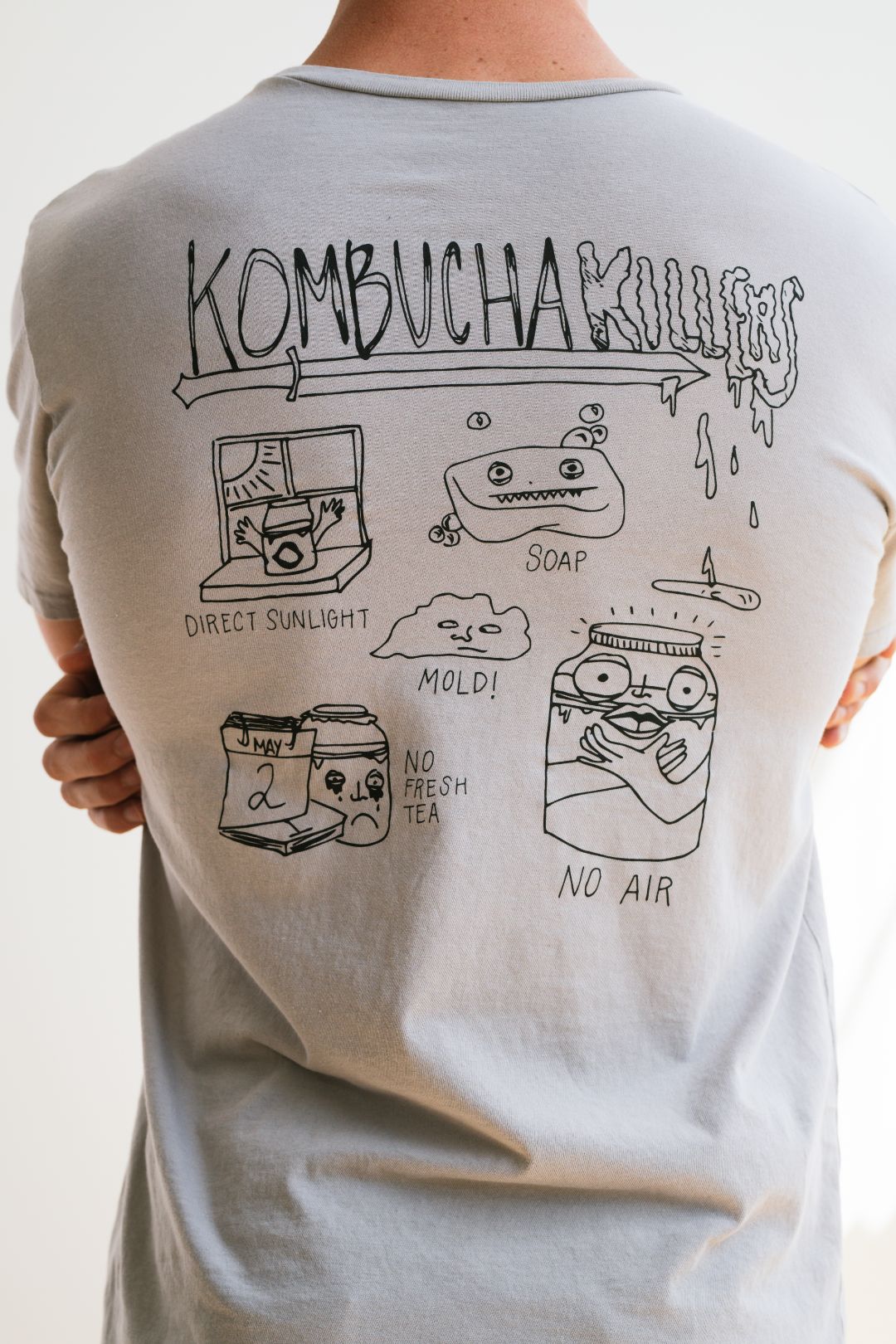
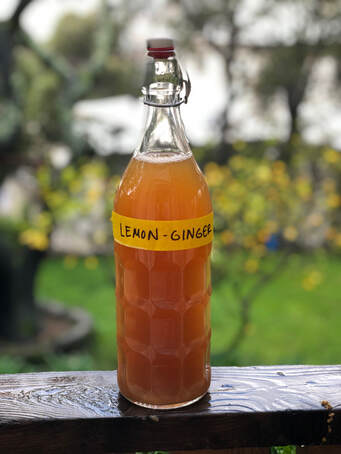
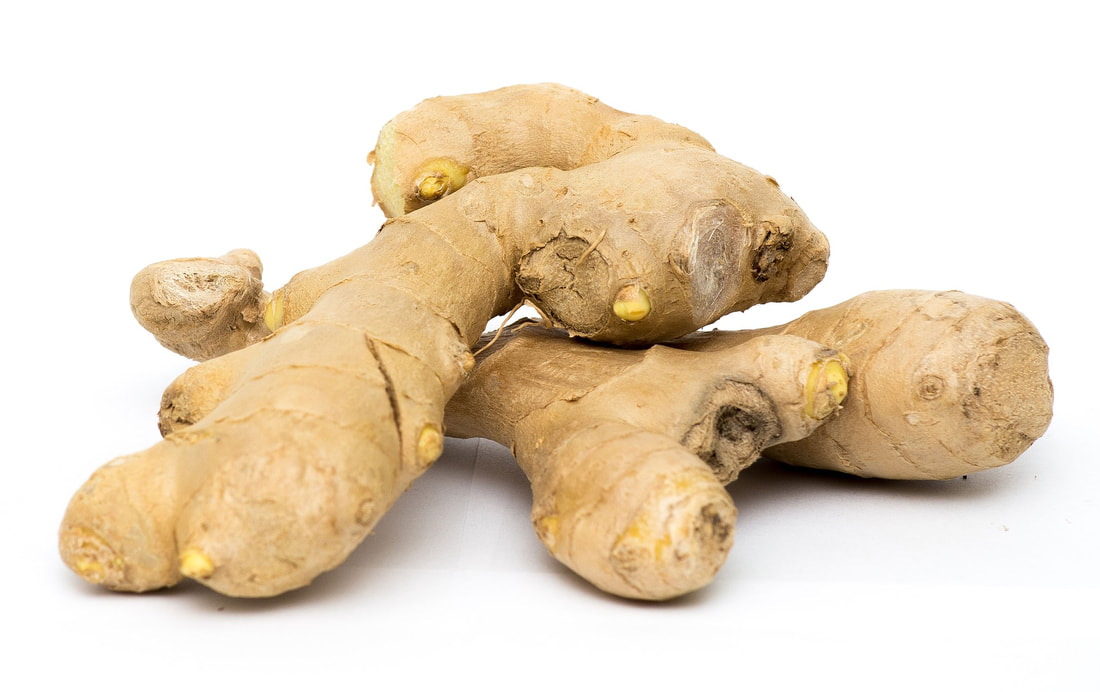
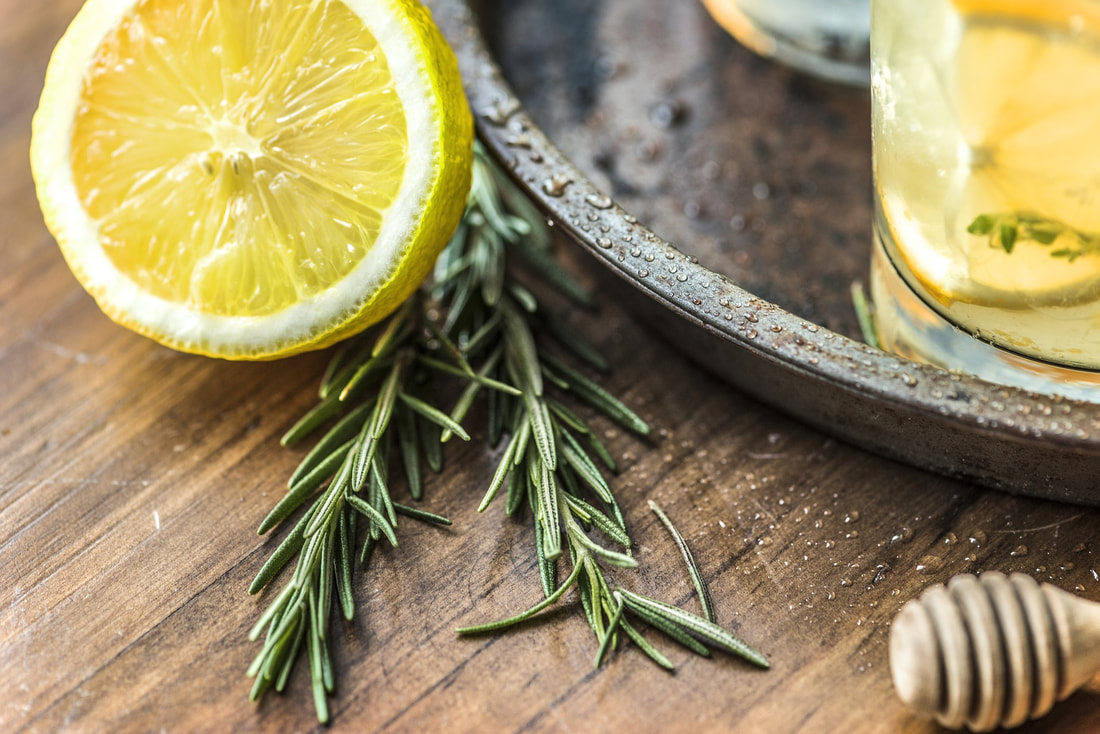
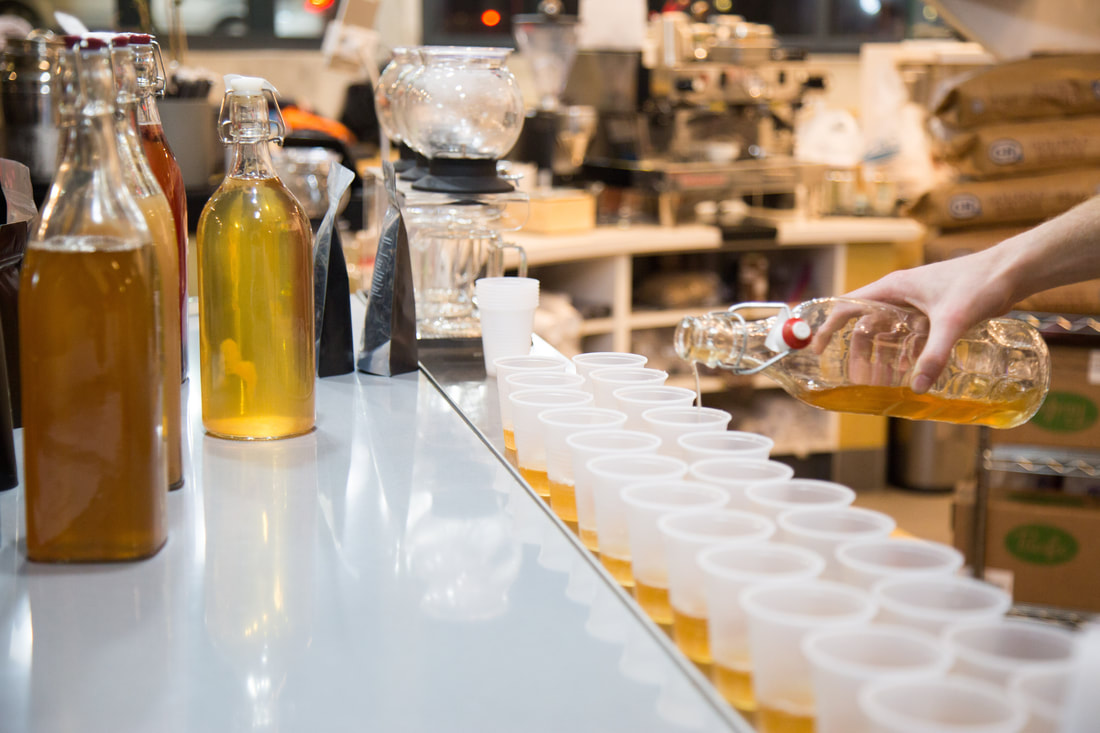
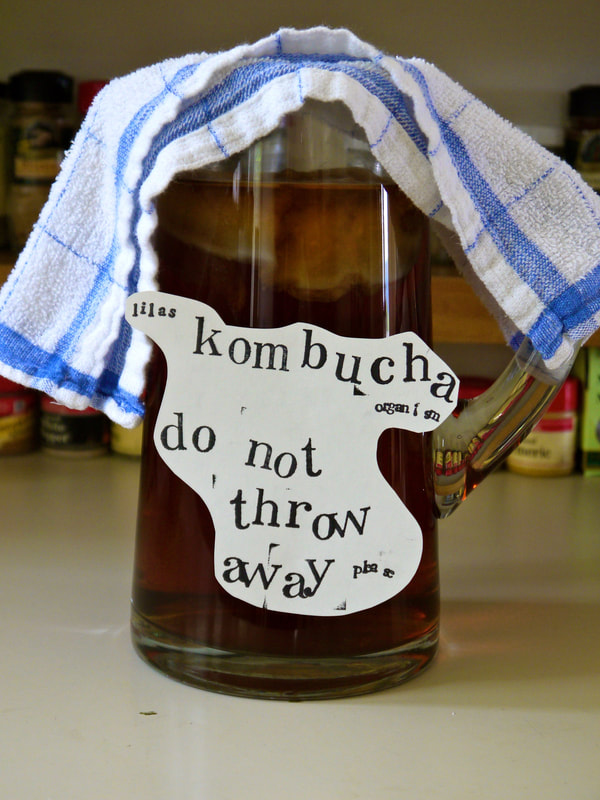


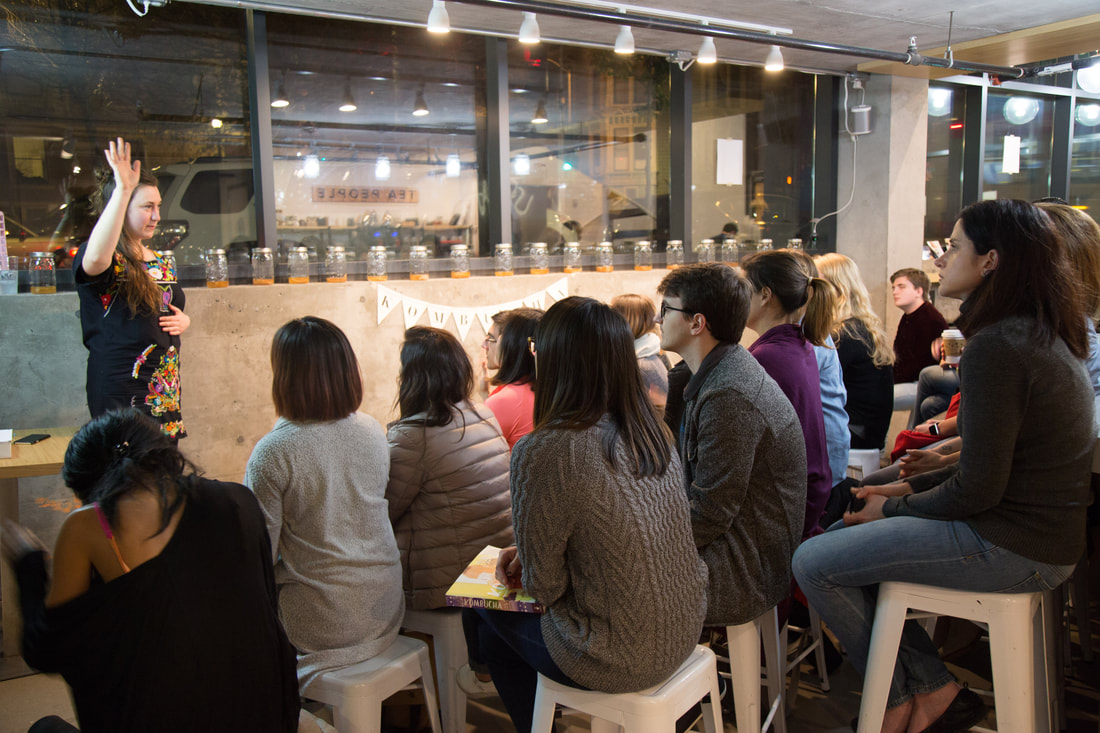
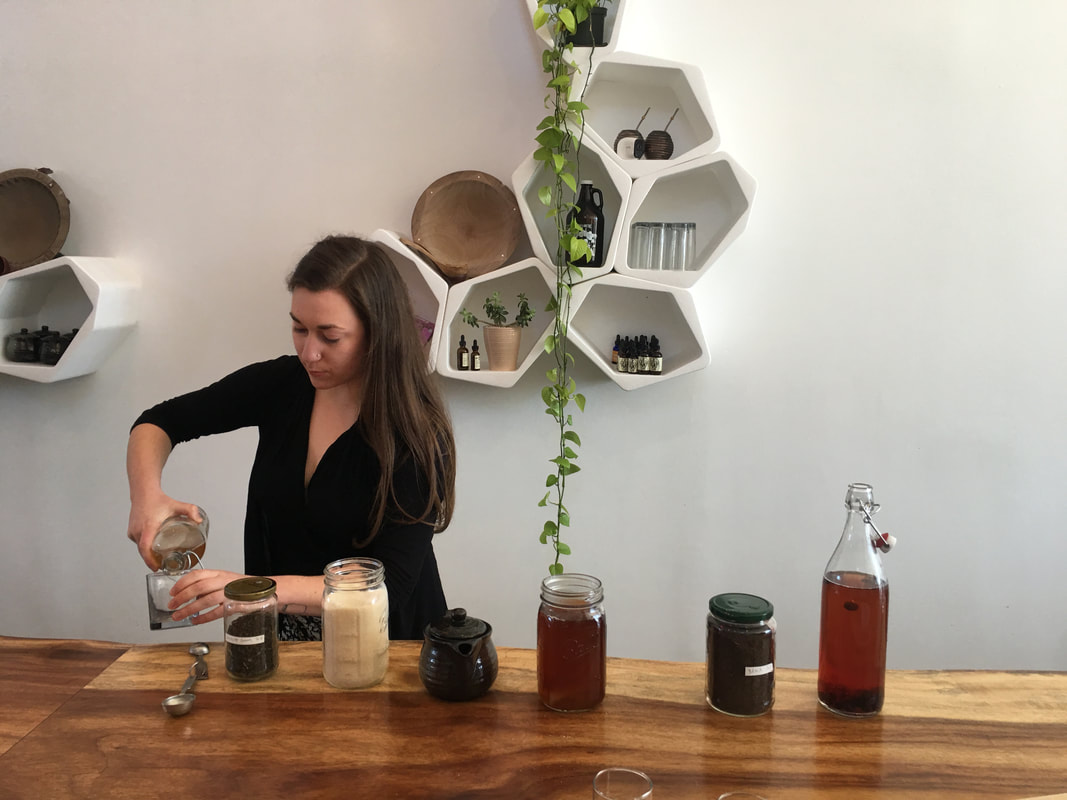
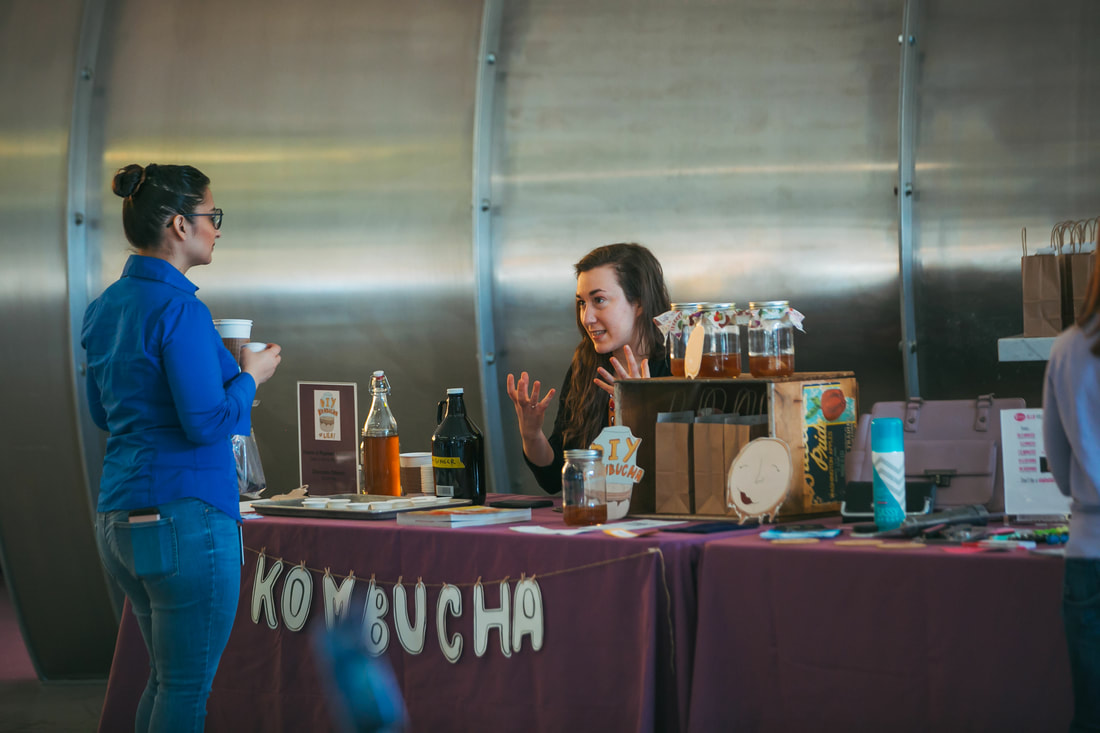
 RSS Feed
RSS Feed